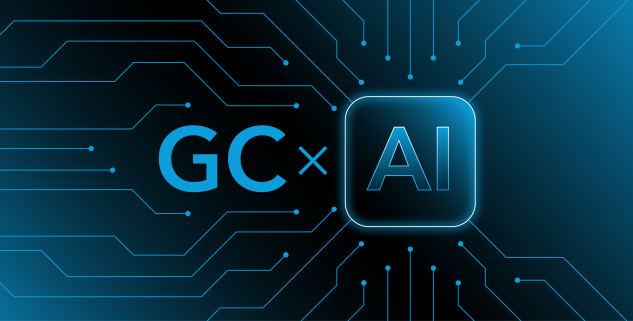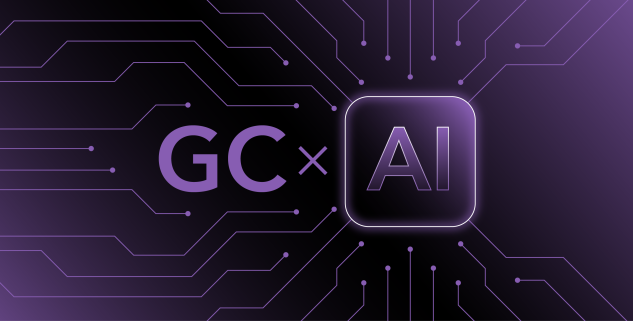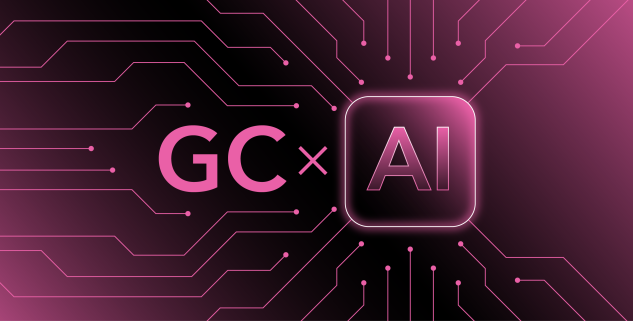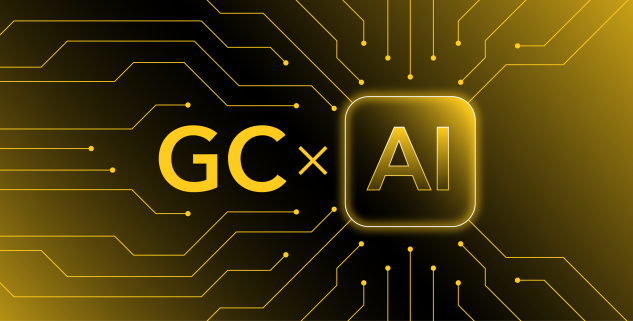The most profound change in the transformation of legal practice by artificial intelligence isn’t technological—it’s human. The general counsel is uniquely positioned to lead the cultural shift that makes AI adoption successful. But the GC doesn’t need to be a seasoned technologist. In fact, a GC rooted in legacy legal practice may be an especially effective bridge to an AI-enabled in-house model.
The key is that the general counsel fosters an innovation culture: creating space for experimentation and iteration, using the GC’s platform to champion technological fluency, and modeling openness to new approaches.
This cultural transformation is as important as the technology itself. Legal departments have traditionally been risk-averse, focused on avoiding problems rather than creating opportunities. AI-enabled legal functions require a different mindset—one that embraces calculated risk-taking and views setbacks as opportunities to learn and adapt rather than career-limiting catastrophes.
To change in-house culture, adaptation is as important as adoption. This is especially true in the legal profession, where resistance to technology is deeply rooted. Lawyers—myself included—are often deeply attached to “our way” of working. Those are the habits that have served us well and undergirded our own success.
We’re also trained to see the risks in new approaches. We spot the privilege issues, data privacy concerns, and potential cyber threats. And because we excel at issue-spotting, we can be highly persuasive in justifying our skepticism to others—and ourselves.
But we must also remember that lawyers aren’t merely focused on analytical rigor or clinging to familiar practices. We’re safeguarding the way we see ourselves. When professional and personal identity is at stake, the work of change becomes more delicate and its thoughtful implementation more essential.
That’s why a visible signal from the GC matters.
Legal operations teams play a critical role in identifying, piloting, and implementing new tools. But too often, legal ops is perceived—unfairly in my view—as a reflexive advocate for new tech.
And because many legal ops professionals aren’t lawyers themselves, legal teams may dismiss them as undervaluing the role of professional judgment or overestimating the promise of new tools.
The result is that legal ops alone often can’t overcome entrenched resistance. They need a GC who is willing to be a partner—and use the GC’s bully pulpit to do it.
This is where personal example can have outsized influence. Here’s my imperfect modeling: I am a decidedly analog professional. When I attend an AI product demo, I take notes in an A5 leather-bound notebook using a fountain pen. In many ways, my habits, style, and temperament bear the hallmarks of a “classic” approach to practicing law.
So I perceive that it sends a strong message when someone like me occupies the general counsel’s chair and drives AI adoption. It demonstrates that this transformation is about enhancing the best of legacy legal practice, not discarding it.
You might call this phenomenon the “Steampunk GC”: the archetypal analog lawyer who also has the curiosity to examine and the willingness to try tools that are reshaping the profession. When the seemingly most traditional members of the profession embrace innovation, it signals that change is necessary—and needn’t be a binary choice.
And it underscores a larger truth about AI adoption: No matter how compelling the technology, no matter how skilled the legal ops team, lasting change in legal practice requires leadership from the top.
This article does not necessarily reflect the opinion of Bloomberg Industry Group, Inc., the publisher of Bloomberg Law, Bloomberg Tax, and Bloomberg Government, or its owners.
An immaterial amount of this content was drafted by generative artificial intelligence.
Author Information
Eric Dodson Greenberg is executive vice president, general counsel, and corporate secretary of Cox Media Group.
Read the Series
GCs, Look Beyond Automation. Al Will Spark Legal Team Reinvention
AI represents a fundamental transformation, requiring GCs to reimagine legal practice and their role as strategic business partners.
‘Off-Label’ AI Uses Can Expand In-House Team’s Reach Beyond Legal
AI tools can be a capacity multiplier, broadening legal teams’ reach within their businesses while drastically reducing costs.
This AI Superpower Earns a Voice at the Legal Strategy Table
Legal teams should lean on AI’s ability to see patterns in strategy that lawyers might miss, while leaving the judgment to humans.
The Modern GC Can Embrace ‘Legal R&D’ to Shed Cost Center Label
Continuously innovation on legal strategies combined with AI and an integrated legal ops team are the formula for legal departments evolving into strategic assets enterprise-wide.
Write for Us: Author Guidelines
To contact the editors responsible for this story:
Learn more about Bloomberg Law or Log In to keep reading:
See Breaking News in Context
Bloomberg Law provides trusted coverage of current events enhanced with legal analysis.
Already a subscriber?
Log in to keep reading or access research tools and resources.




